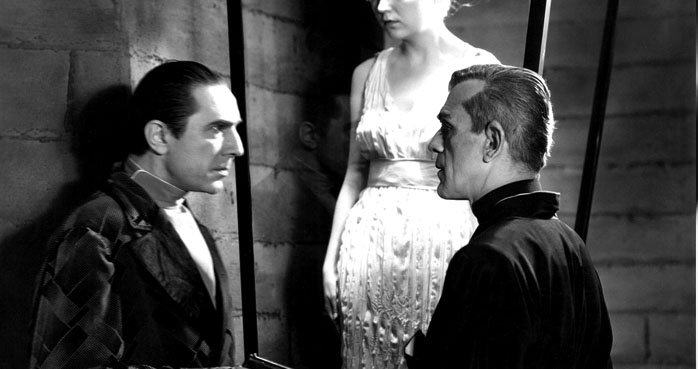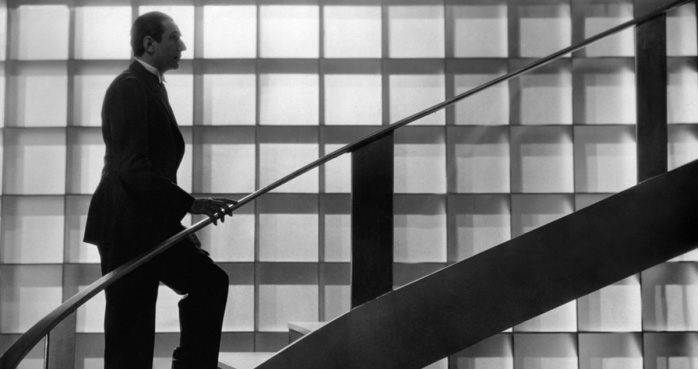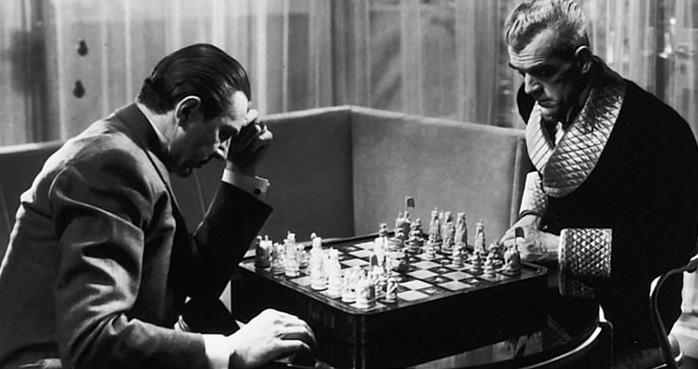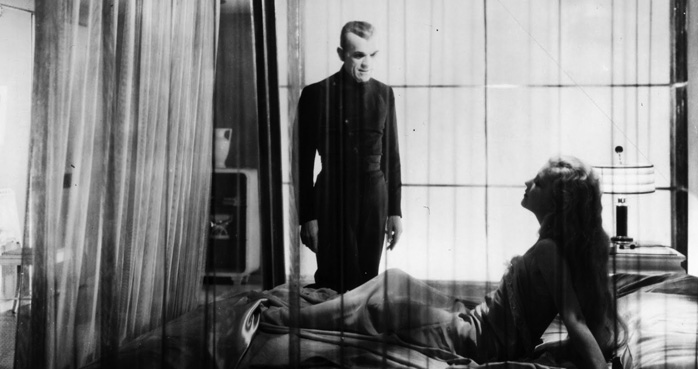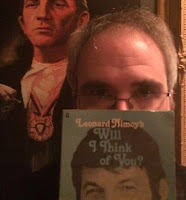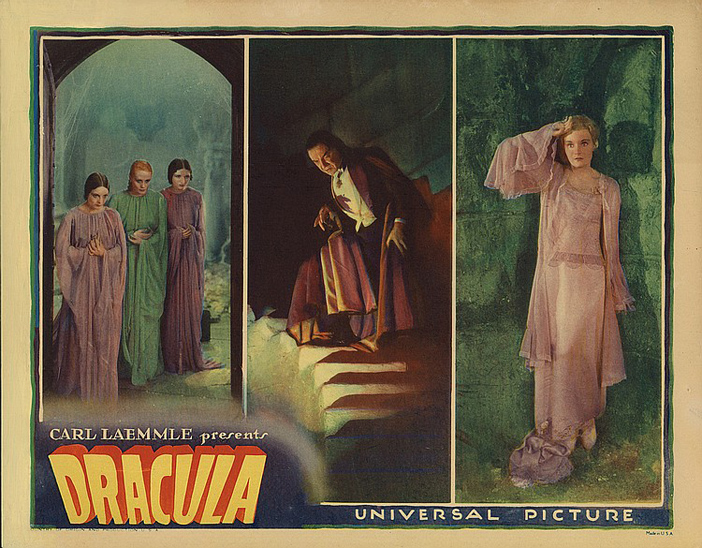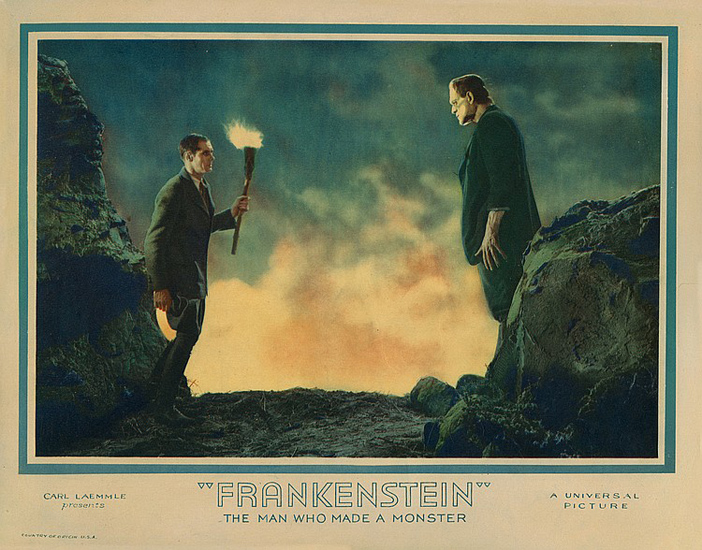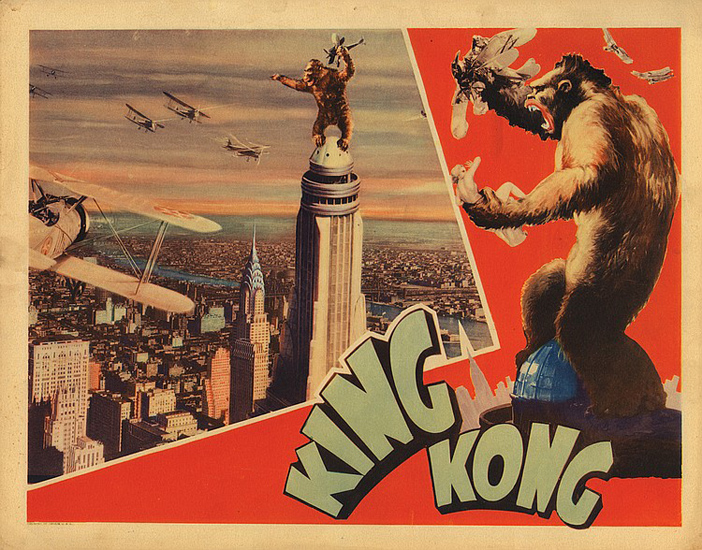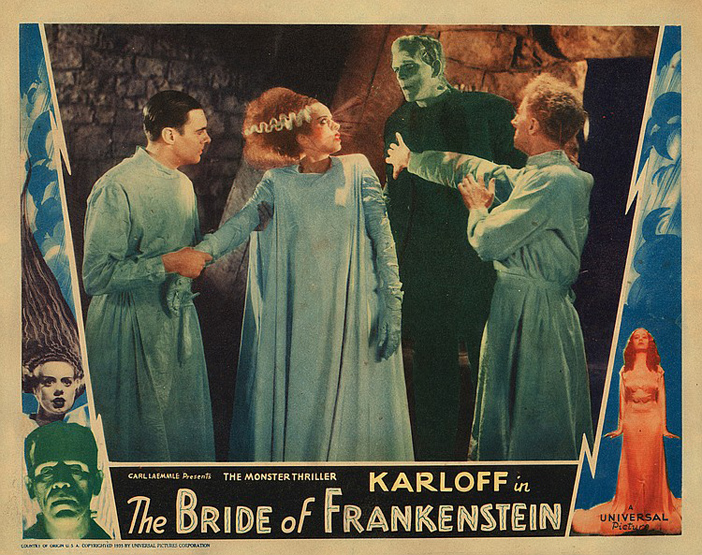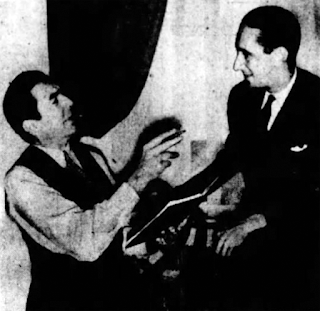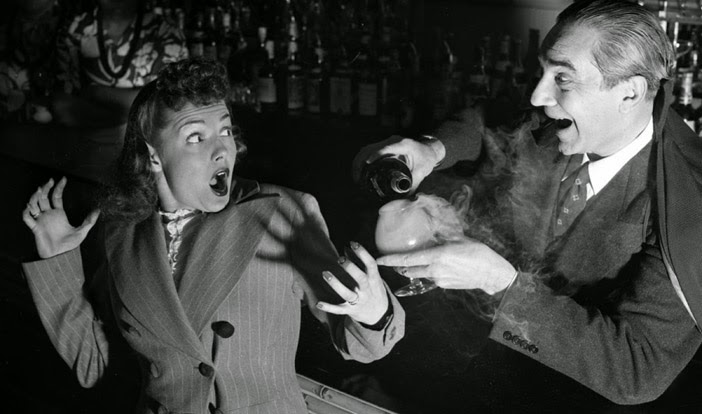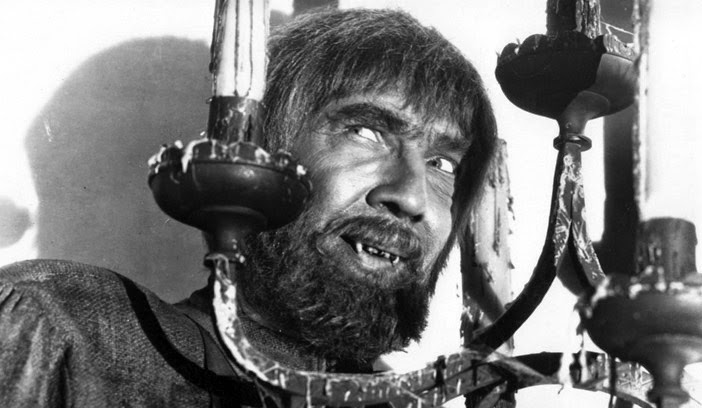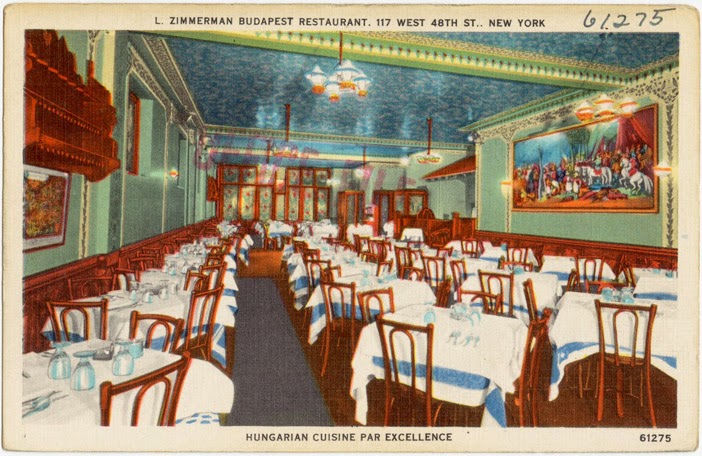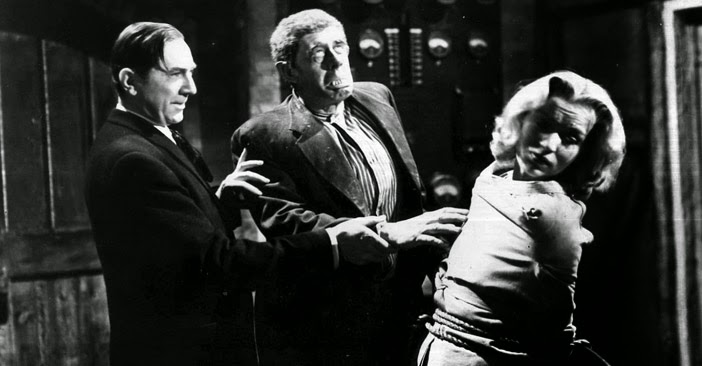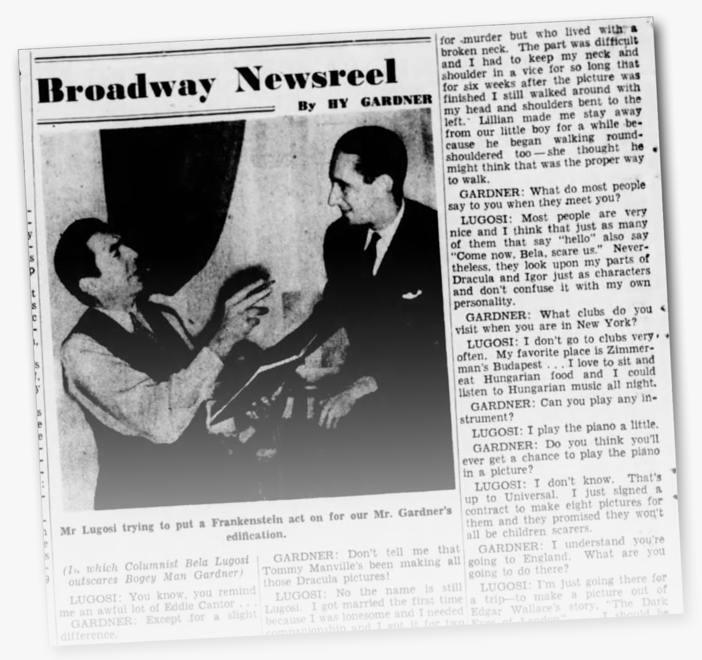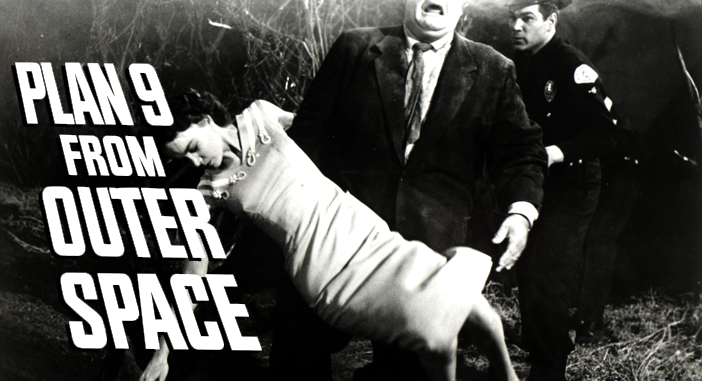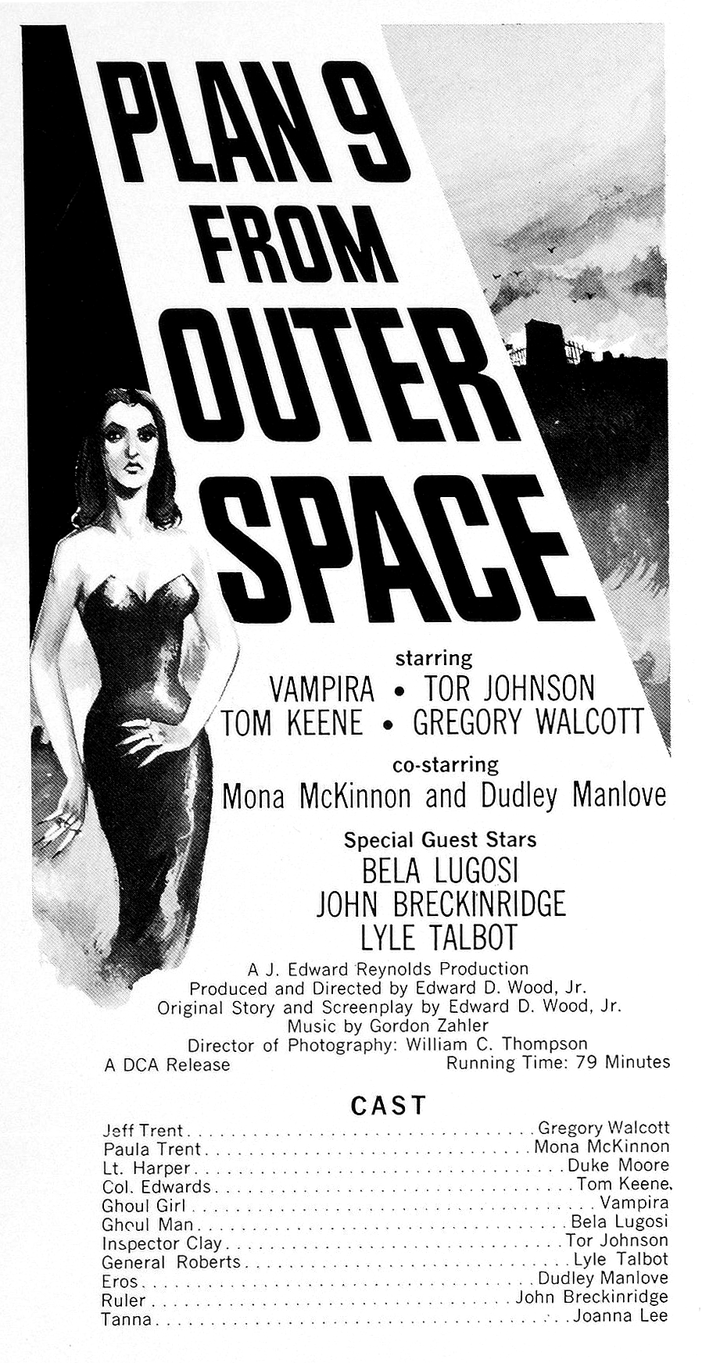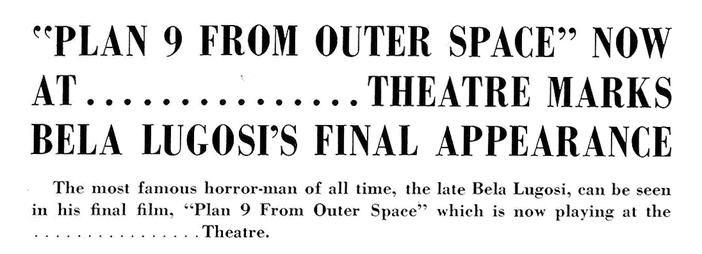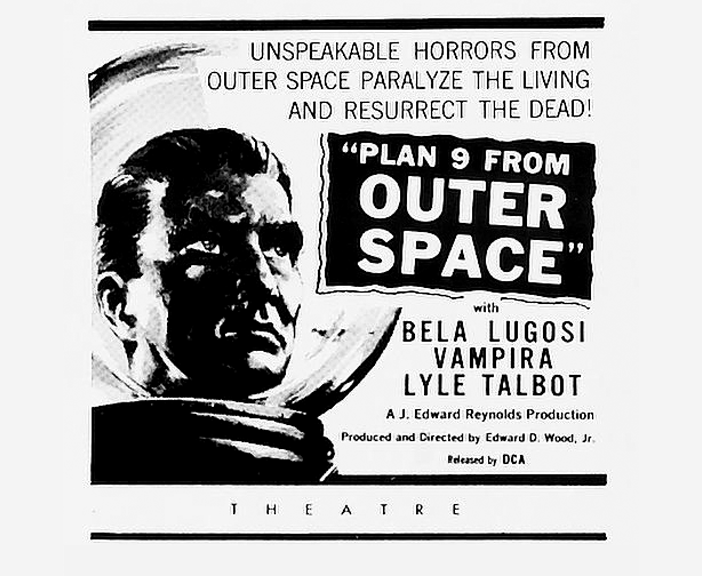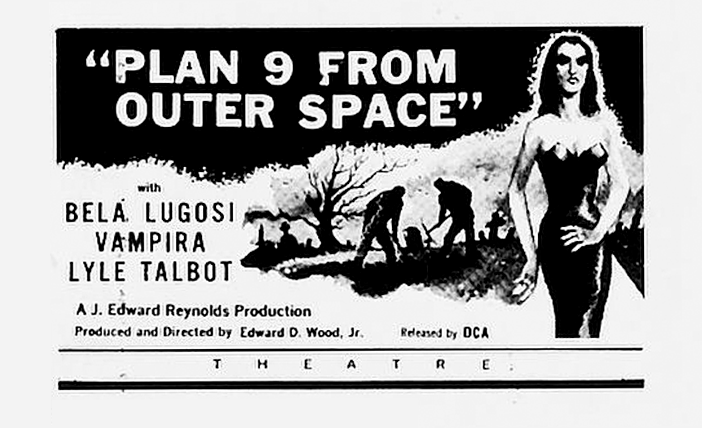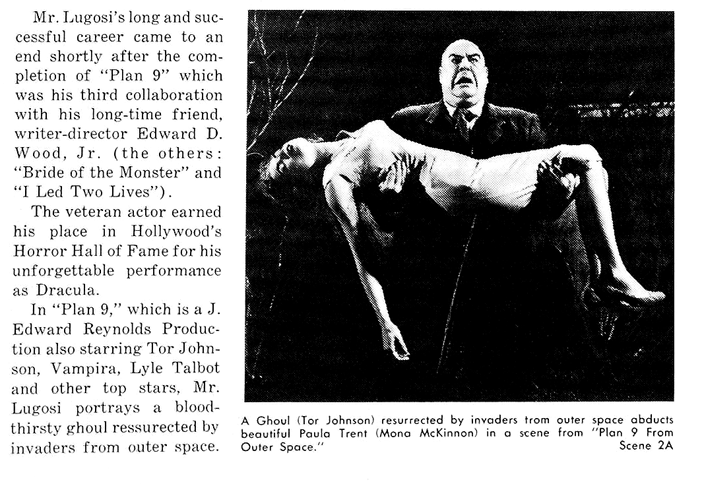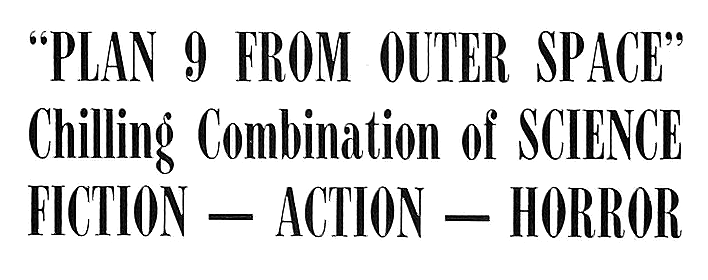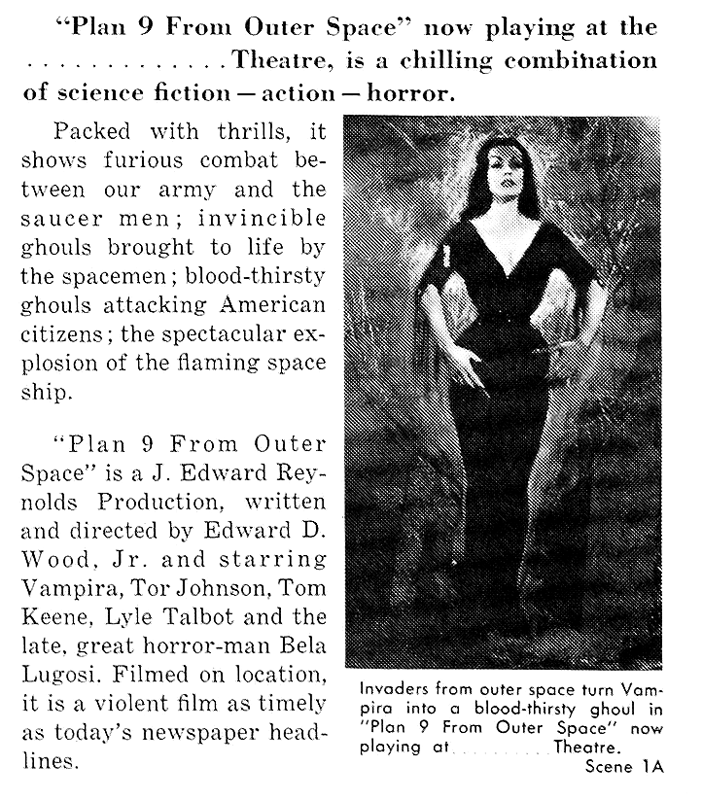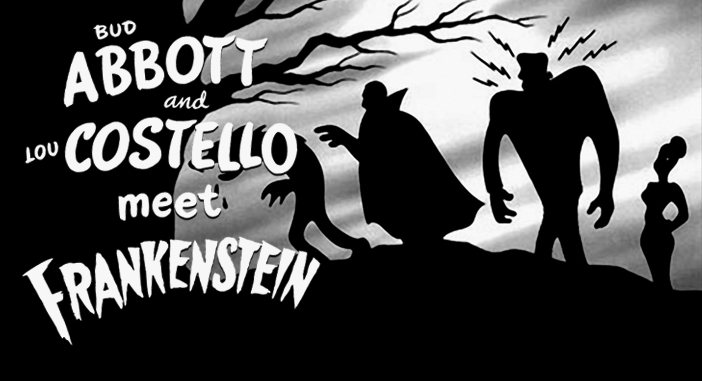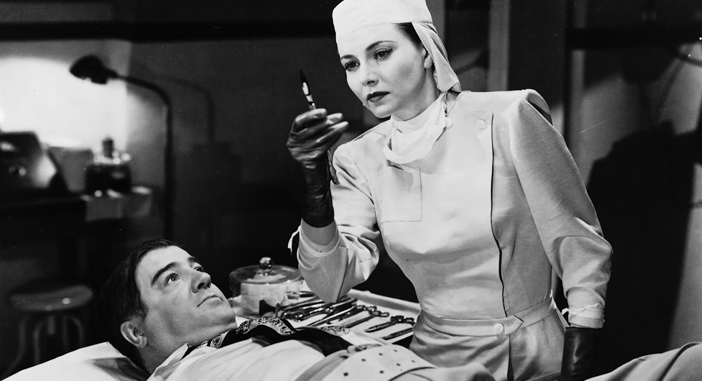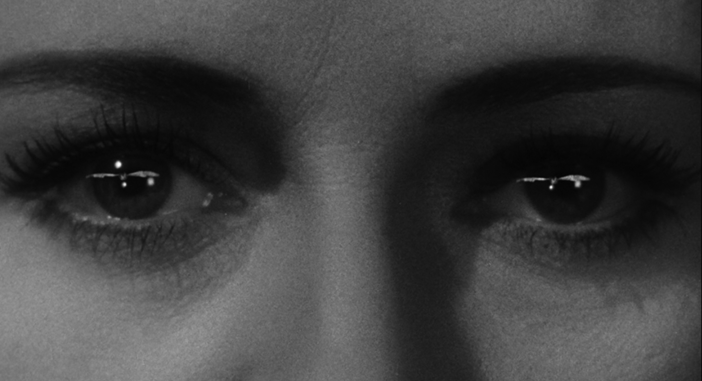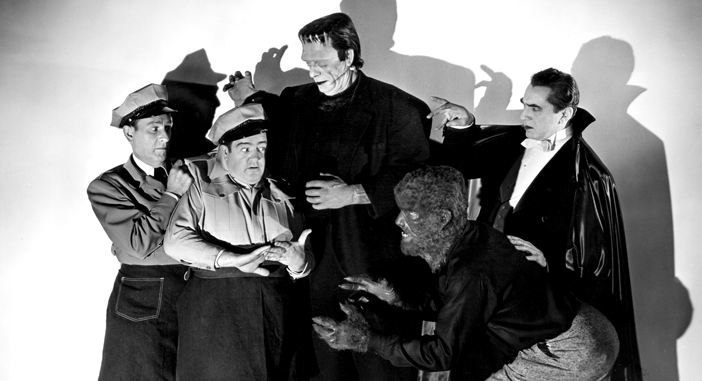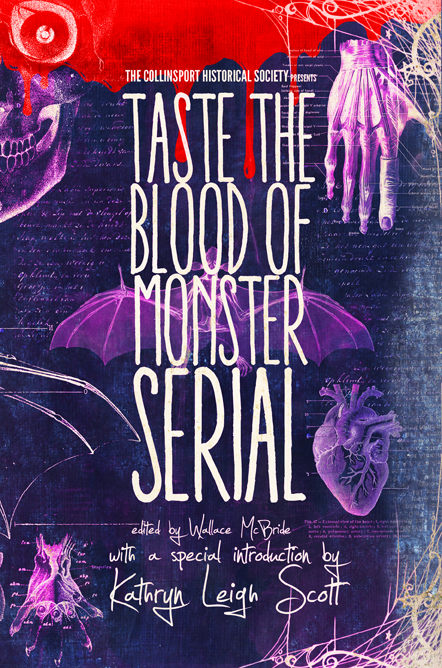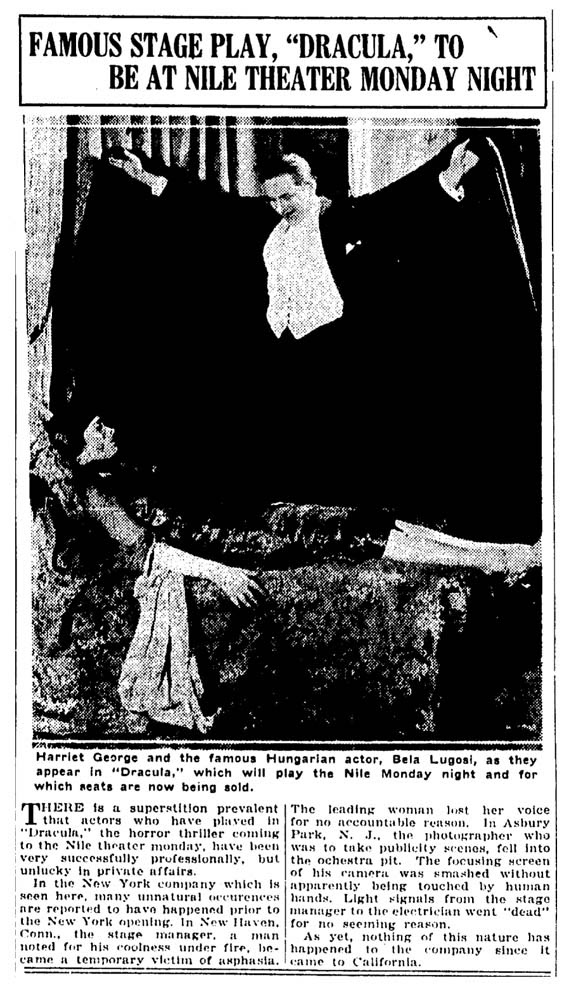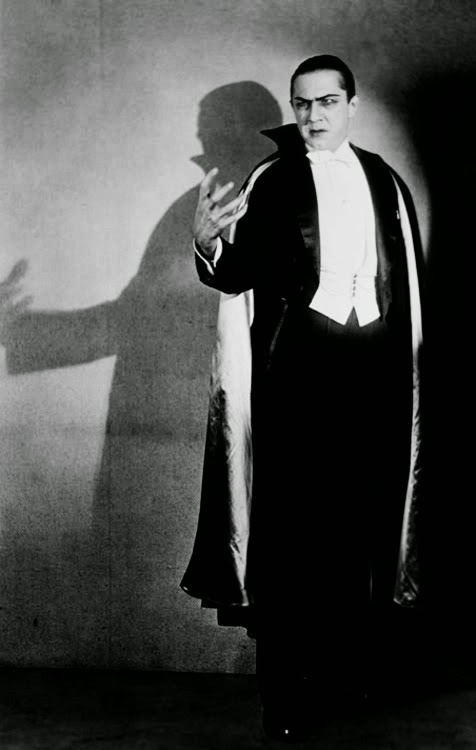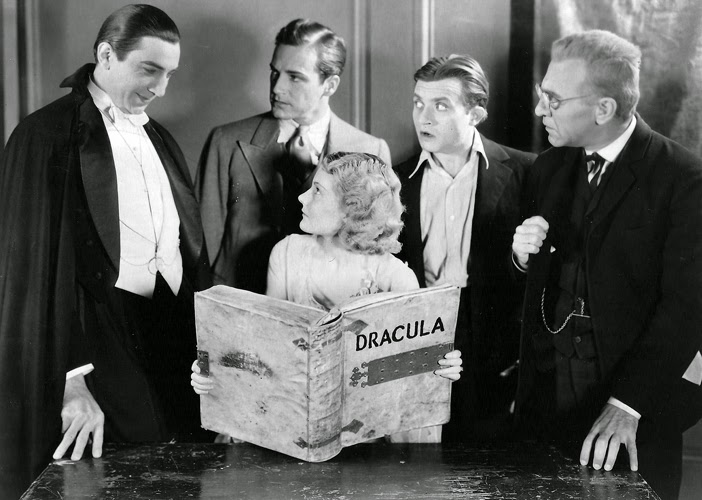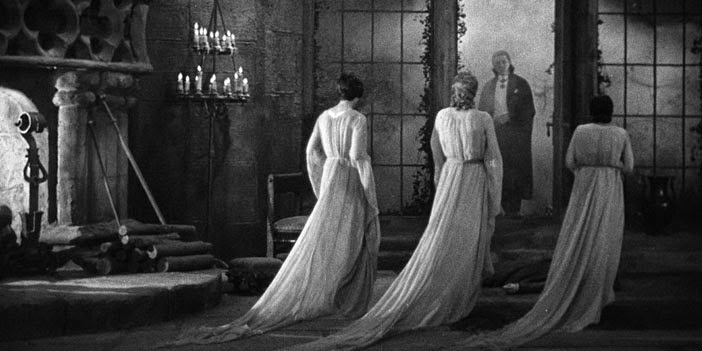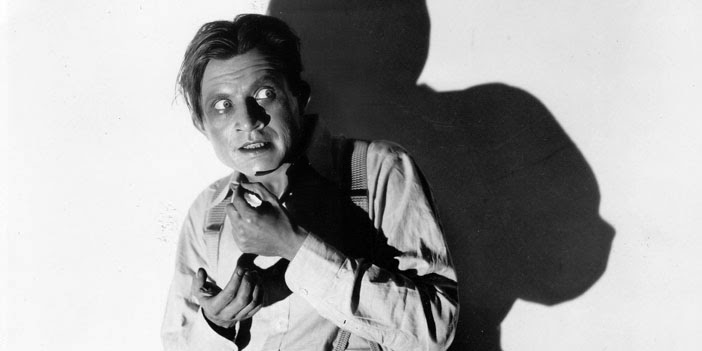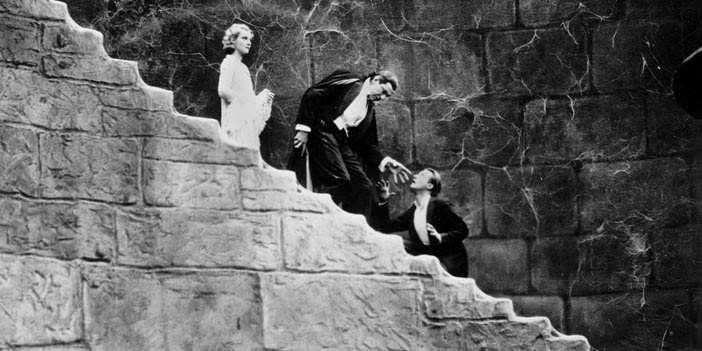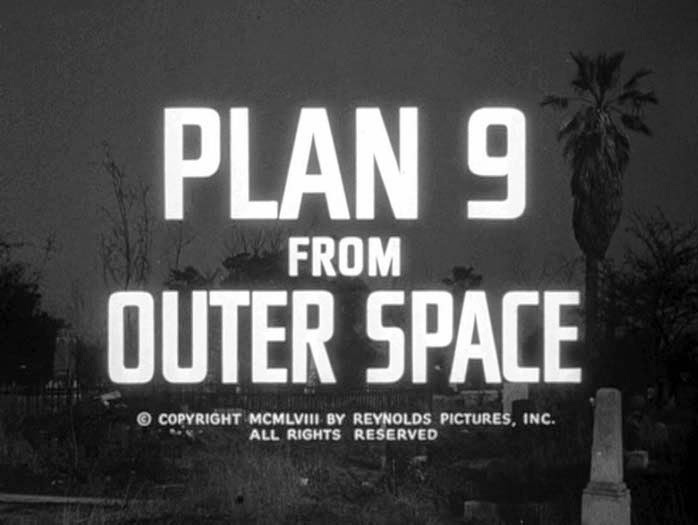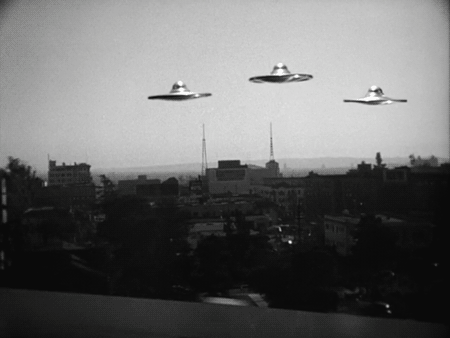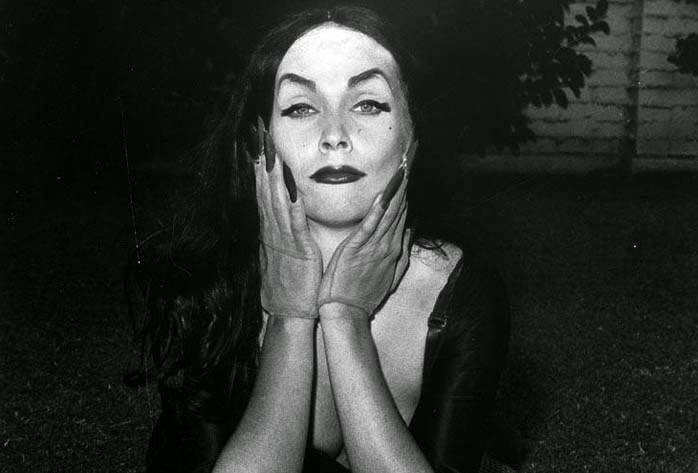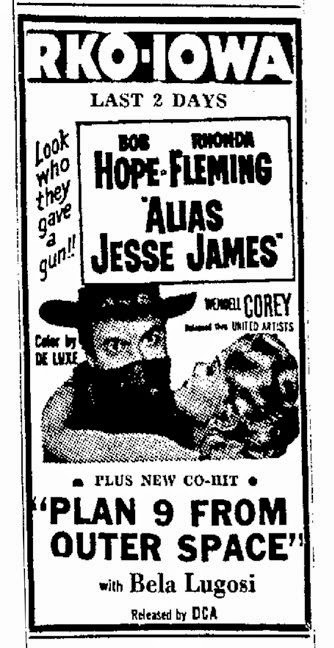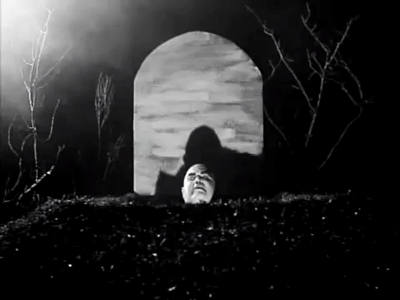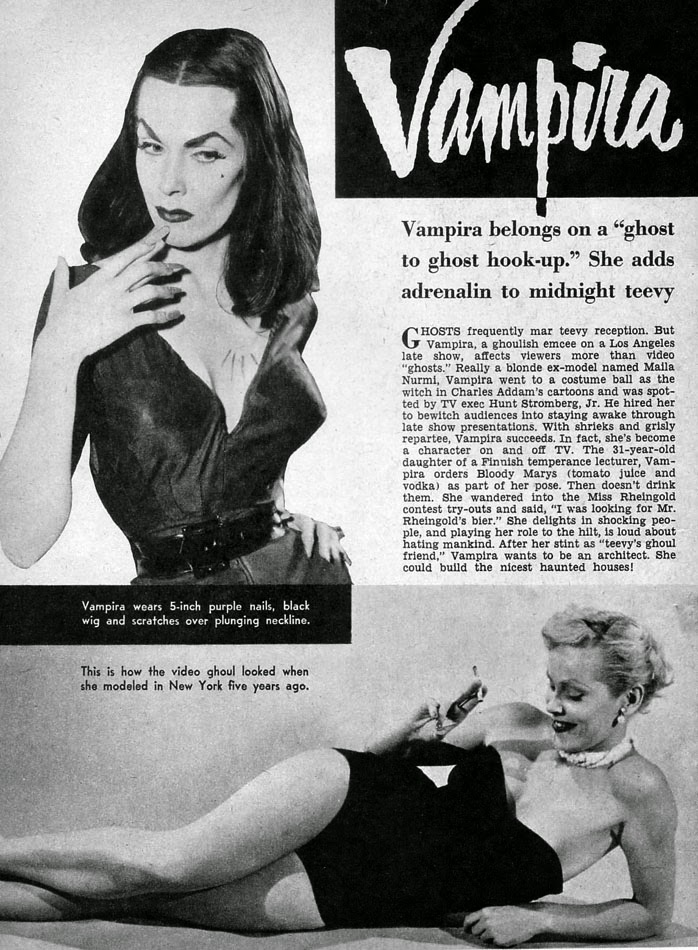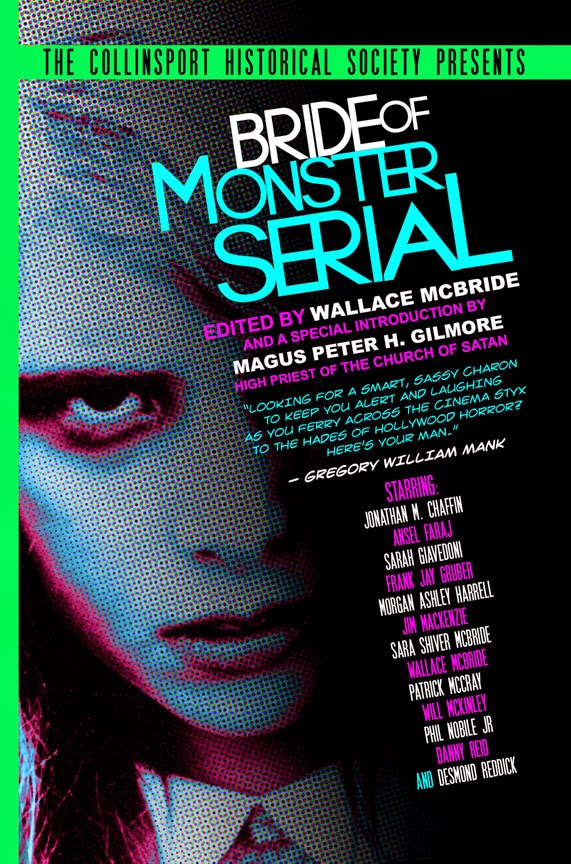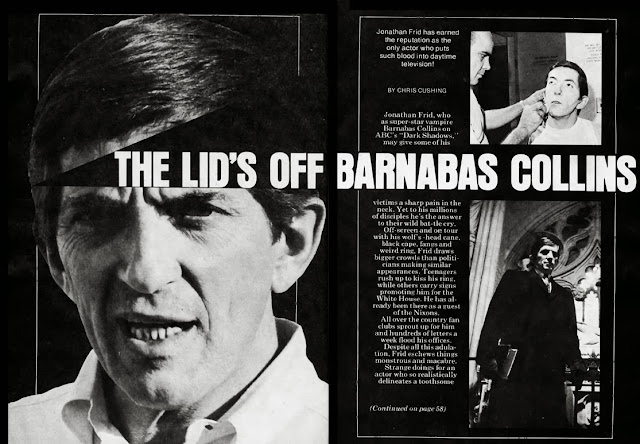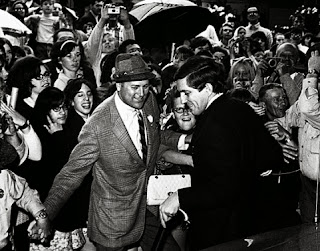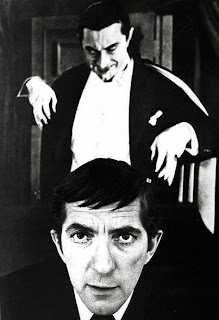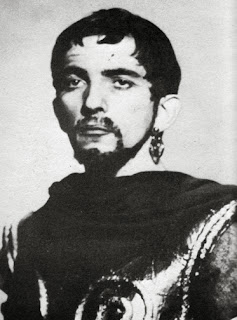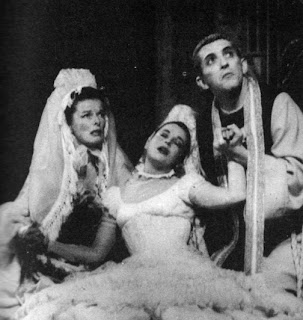(Note: A few years ago, I wrote a piece on DRACULA that was later revised and published in our first MONSTER SERIAL book. With the arrival of the third book in that series expected later this week, if felt like a good time to finally share this piece.)
By WALLACE McBRIDE
It’s fair to say that nobody has much interest in adapting Bram Stoker’s 1897 novel,
DRACULA.
The character has been making dramatic rounds since that first, hastily organized reading was staged at the Lyceum Theatre just a few months after the novel was published. The reading was a cynical affair, designed to secure the theatrical rights to the book, paving the way for a series of slipshod adaptations for more than a century.
Sure, a few directors have paid lip service to Stoker’s work, most famously Francis Ford Coppola’s 1992 adaption that spackled over the original source material to make room for backstory and subplots not even hinted at in the original novel. The book has more in common with THE BLAIR WITCH PROJECT than in any of the films produced by Hammer, and therein lies the problem: Dracula is mostly absent in his own novel. It’s difficult to create a compelling villain who spends most of his time as the topic of others’ conversations.
Arguably the most important movie to spring from Stoker’s book is the 1931 Tod Browning film, the connective tissue between earlier stage productions written by Hamilton Deane and John L. Balderston, with Universal’s cinematic (frequently operatic) sensibilities.
Few of Stoker’s ideas made it into the final film, which bears little resemblance to the epistolary novel. A solicitor named Renfield (no first name is given) falls under the thrall of a mysterious Count Dracula while visiting his home in Transylvania to discuss leasing an English abbey. The legal consultation soon turns violent as the Count and his wives attack Renfield in the night. When next we see the doomed solicitor, he’s the only warm body on a ship of corpses that’s sailed into an English harbor.
Driven mad by his experiences, Renfield is arrested and institutionalized in a London asylum. Dracula soon turns his violent attentions to the daughter of the asylum’s administrator, but meets his match in Prof. Abraham Van Helsing, an unorthodox scientist with a fascination for the occult.
There are few scenes in the movie that aren’t overtly about sex — particularly oral sex — beginning with the moment poor Renfield sucks at a wound on his own finger. By the end of the picture, Dracula has put his mouth on half the movie’s cast members, pun intended, and his behavior suggests he has no sexual preference.
Contrary to popular belief, though, it takes more than sex to hold people’s attention, especially during the many decades since
DRACULA was first released. If it was just some creaky old film about outdated sexual mores, who would care? But there’s something else going on in the film that continues to speak to audiences, even if we have to listen a little harder these days to hear the message.
DRACULA is more than just a movie about sexual confusion. It’s a movie about fear of the future.
The many subtexts of
DRACULA are well established. So much of what people take away from the story depends on
when and
where they first experience it. It’s been called a story about repressive homo- and heterosexuality, xenophobia, a Biblical parable, class warfare and just about anything else you want to read into it. Complicating matters are the great many unanswered questions, the most pressing being “Why did Dracula travel to England?” The 1931 movie makes no effort to answer this question (or any of the other riddles of the novel), deciding instead to hang its entire narrative on a conflict of belief systems.
DRACULA is a movie about the fear of change, a warning for us not to abandon superstition without first putting it to the rigors of the scientific method. It’s a concept that gives the film an unusual perspective, to say the least. Dracula’s nemesis in the film, Abraham Van Helsing, has the unpleasant task of informing the cast that adherence to logic and reason have left them open to attack from a mythical being. This is Van Helsing’s traditional role in just about every variation of the Dracula story: He’s always the learned academic who has as much faith in superstition as science. In one scene, Van Helsing paraphrases Charles Baudelaire while advising that the vampire’s greatest weapon is convincing the world he doesn’t exist. You won’t find many scientists, then or now, with the balls to say something like that out loud.
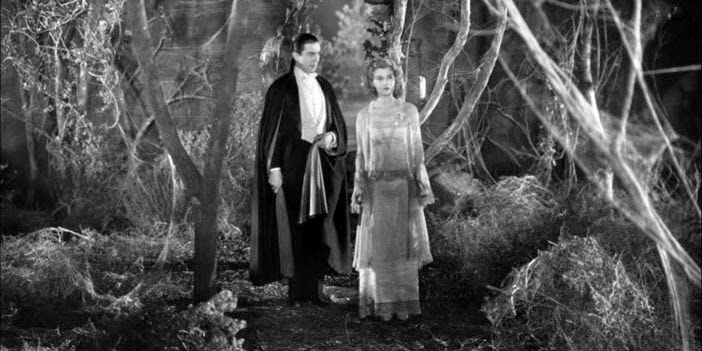
While the character of Dracula challenges the beliefs of the movie’s characters, the movie stands as a (not entirely well-reasoned) defense of faith. The story demands the cast and audience believe in something that can’t be scientifically proven, and invents a monster as “evidence” of the importance of faith. DRACULA is a fun film, but has a prominent anti-intellectual bias. But that’s true for most horror films, which tend to devolve into a game of “Kill the Freak” during the final reels.
Probably the real reasons we’re still talking about this film is because of the performances delivered by Bela Lugosi and Dwight Frye. Lugosi’s screen presence, especially in
DRACULA, can’t be overstated. He’s amazing in the film, and brings theatricality to the role that immediately puts him at odds with the younger, mostly American cast. I can’t really call what he does in DRACULA “acting” — his performance is raw charisma — but I can’t think of another actor of his time who could have pulled off this role. If you think it’s easy, watch George Melford’s Spanish-language version of
DRACULA released by Universal the same year. It manages to do just about everything better than the Tod Browning film except in the casting of its leading man, and it’s a fatal flaw.
I can’t say enough good things about Dwight Frye, either. His work in DRACULA is a legitimate performance, presenting Renfield as both a foppish sophisticate and an unhinged maniac. Renfield is hugely sympathetic in the film. He’s not only the movie’s heart, but the story’s ironic voice of reason, as well. In one scene he interrupts a conversation about vampires by asking “Isn’t this a strange conversation for men who aren’t crazy?” It’s a simultaneously witty and tragic moment.
Edward Van Sloan is also impressive as Van Helsing. There’s an unspoken respect between Van Helsing and Dracula in this film, which makes their conflict especially interesting.
Outside of these three actors, though, the cast is terrible. Helen Chandler’s life was fucked up enough without heaping posthumous scorn upon her, but she’s got crazy eyes and comes across in the film like a condescending bitch. David Manners does what he can with the role of Jonathan Harker, a role that’s defeated better actors, but he mostly just stands around and adds perspective to the photography. There were a few other actors in the movie, but you’ll have forgotten about them before the story’s over.
Speaking of the movie’s end, I’m not sure what was taking place behind the scenes of DRACULA, but there was clearly some kind of trouble. DRACULA doesn’t end as much as it just stops. We get a two-second music cue to tell us the ending is a happy one and THE END. Had I seen this movie in the theater in 1931, I would have been sure the projectionist had dropped a reel somewhere.
I love Tod Browning. I don’t think you get movies like
FREAKS, DRACULA and
WHITE ZOMBIE on your résumé unless you know what you’re doing. But DRACULA is a jumble of unfocused ideas, ranging from the weird (the vampire beetle with his tiny beetle coffin) to the offensive (the asylum orderly who’s constantly badgering Renfield and calling him “fly eater” and “crazy.”) Some of the movie’s problems come from adapting the stage play, which has been popular among casual audiences despite being less-than-loved by fans of the original novel. The play makes numerous concessions to consolidate the story for the stage, concessions that were unnecessary for a movie. DRACULA has an epic feel at the start, but becomes stagebound during its second half. Not even the stellar camerawork of Karl Freund could make the climax of DRACULA look anything other than stage-y.
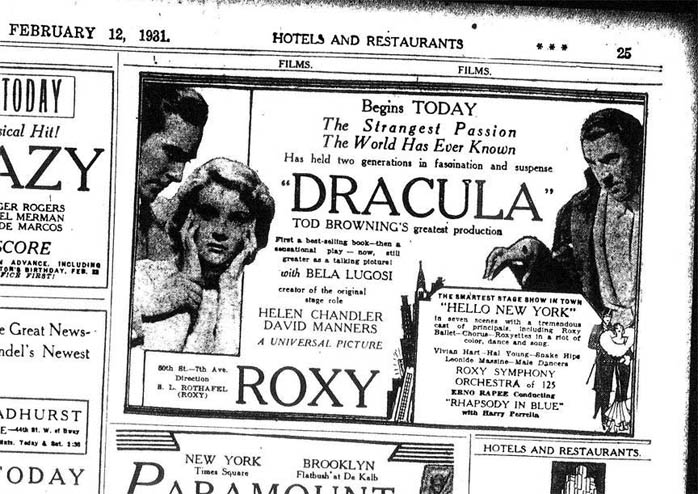
Ultimately, the elements trimmed from the story to make it fit onto a Broadway stage undermine many of the movie’s messages about faith and the misguided devotion to reason. Dracula, a creature of superstition, tries to adapt to metropolitan life and fails spectacularly. It’s not faith or righteousness that triumphs, but Dracula’s own inability to conform that brings him to his doom. I don’t know how long he survived in Transylvania (a century? more?) but he lasted only a few weeks in London before someone caught wise and stuck a piece of timber through his heart. If it hadn’t been Van Helsing it would have been someone else. The guy was running around the woods at night in a tuxedo ... how did he expect that
wouldn't draw attention? (This failure to adapt is directly addressed in the novel. Dracula escapes England in the book’s final act and flees to the relative safety of his castle in Transylvania.)
Despite all of this, DRACULA is a certified classic and I have no intention of disputing its standing. I love its every weird, malformed frame of film, even if I can’t always endorse its failings.
Wallace McBride is the editor of THE COLLINSPORT HISTORICAL SOCIETY.
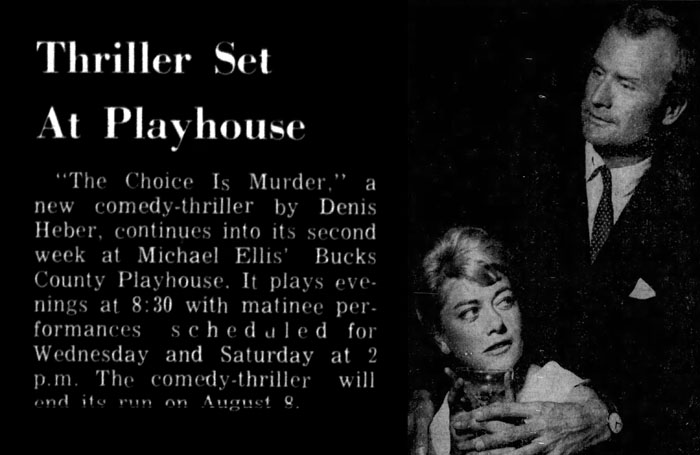
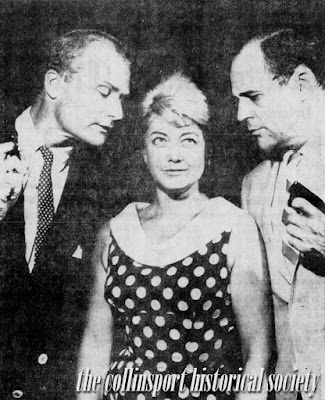 Instead, let's look back on something so ephemeral that its very existence is even dubious: 1964's "The Choice is Murder." The play had a two-week run in July that year at Bucks County Playhouse in Pennsylvania, with hopes that it would make the leap to Broadway later that year (though I could find no evidence this actually happened.)
Instead, let's look back on something so ephemeral that its very existence is even dubious: 1964's "The Choice is Murder." The play had a two-week run in July that year at Bucks County Playhouse in Pennsylvania, with hopes that it would make the leap to Broadway later that year (though I could find no evidence this actually happened.)


